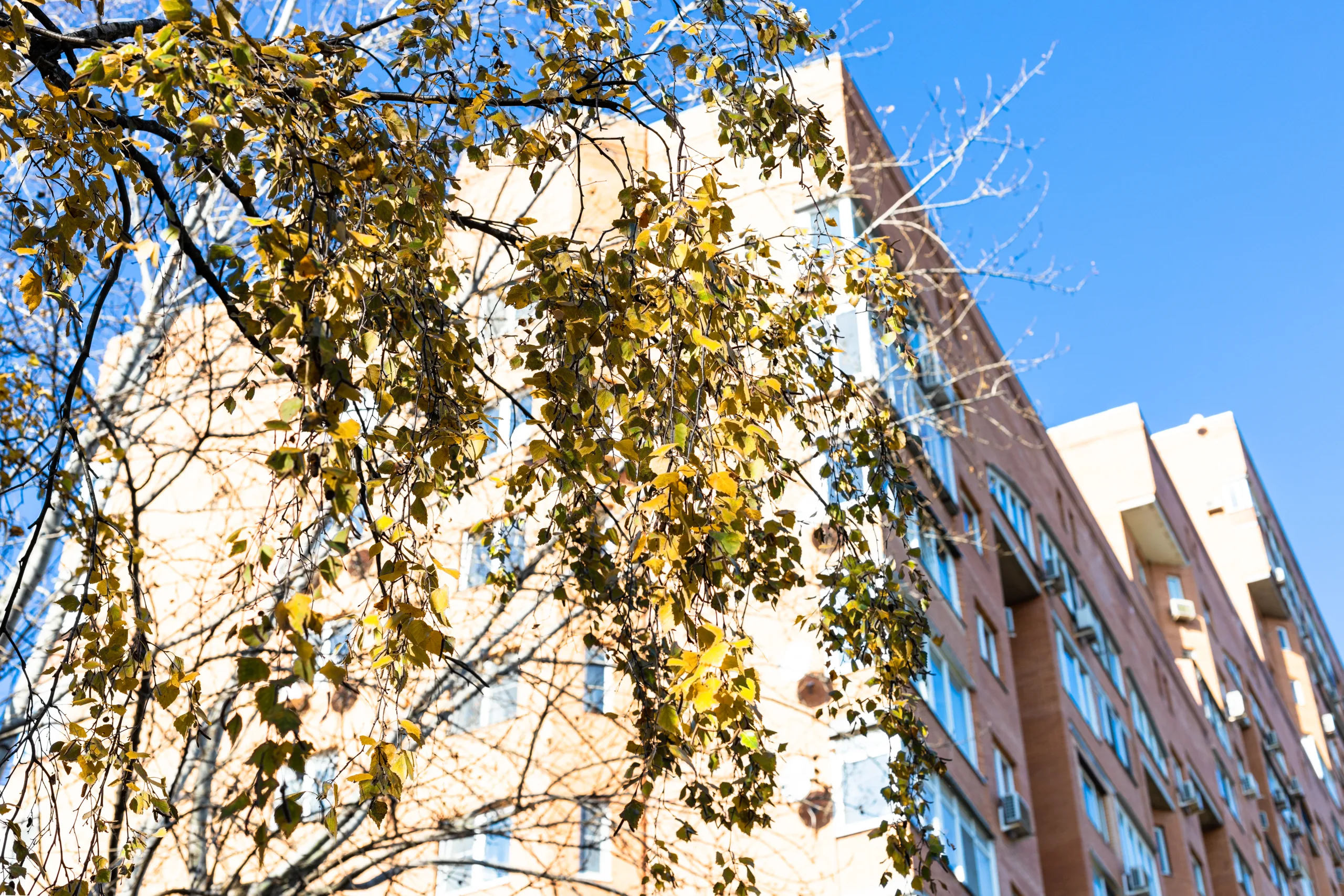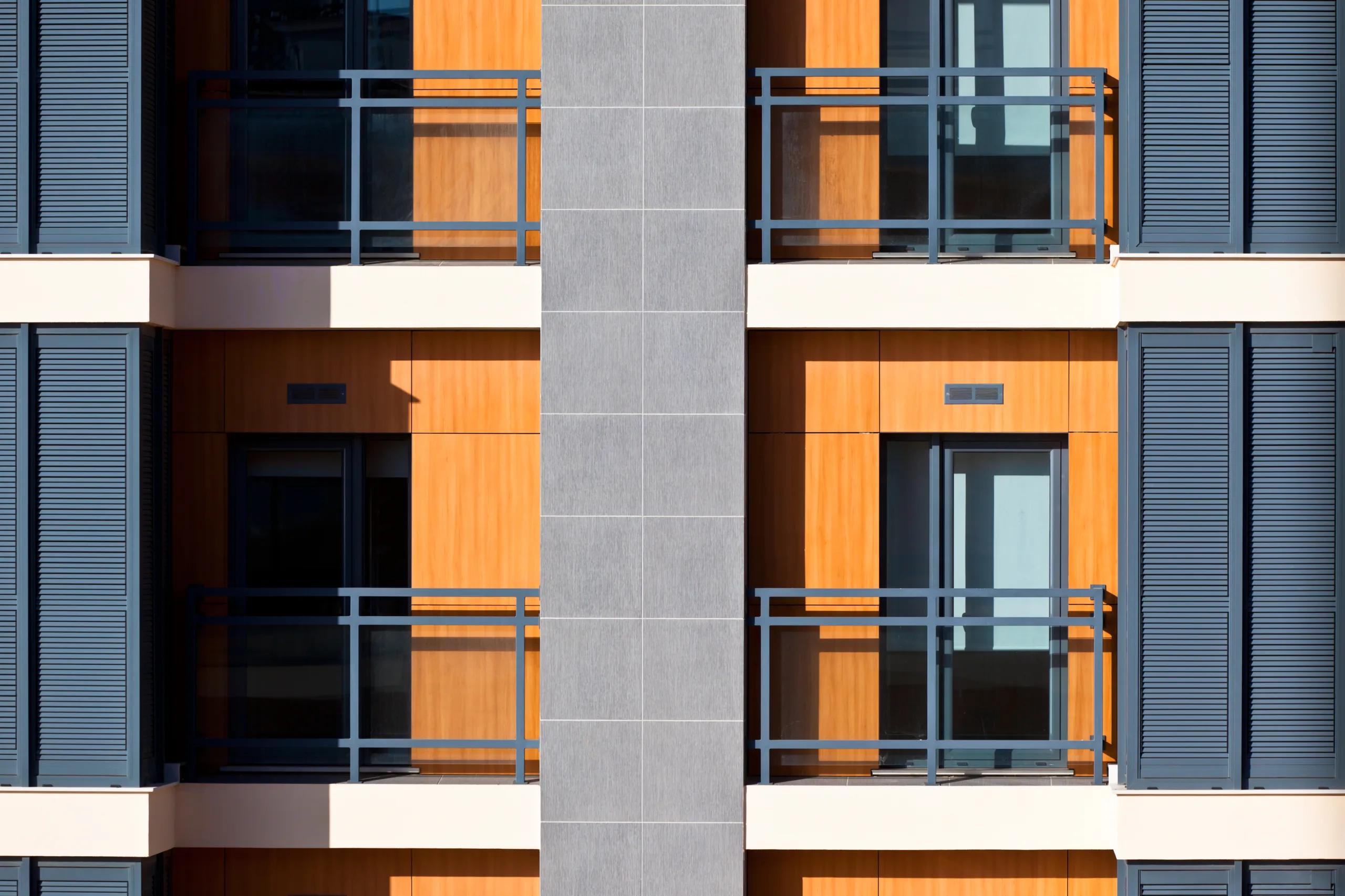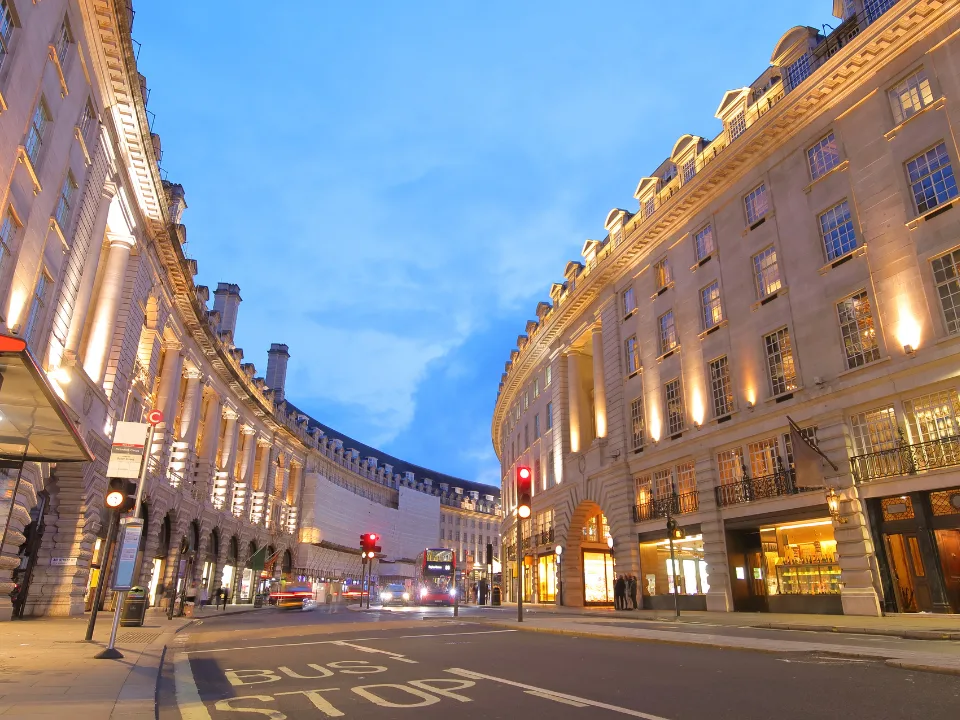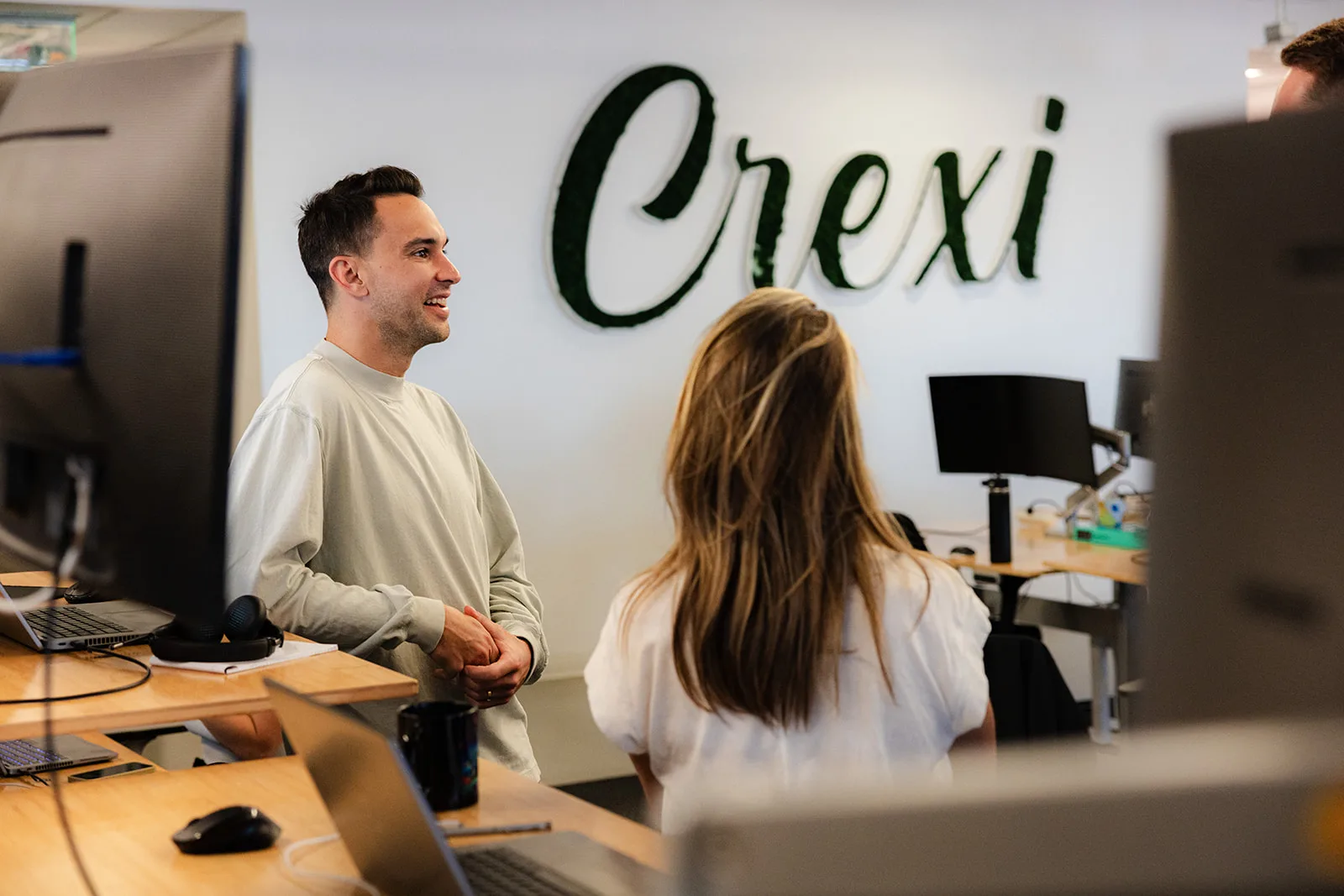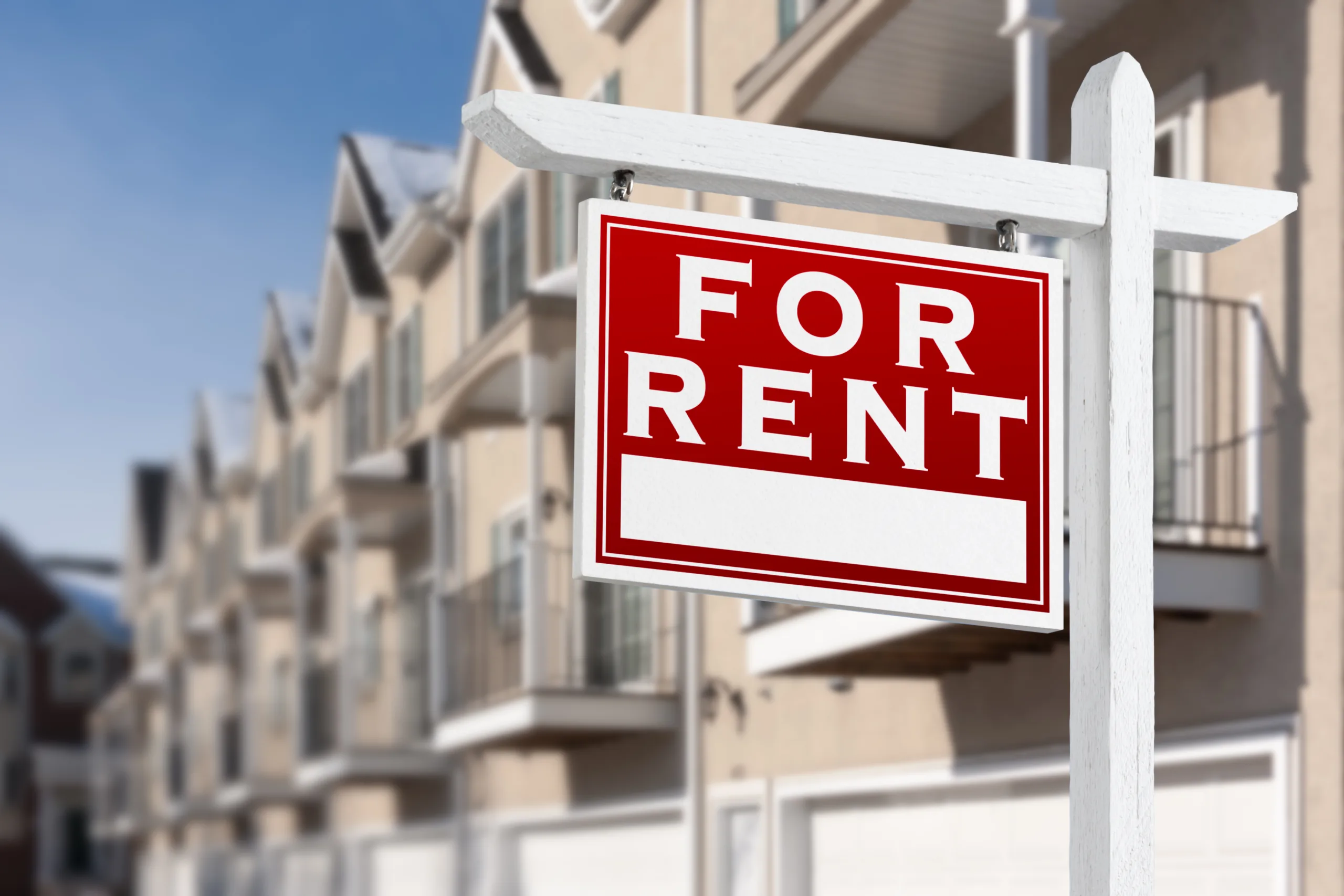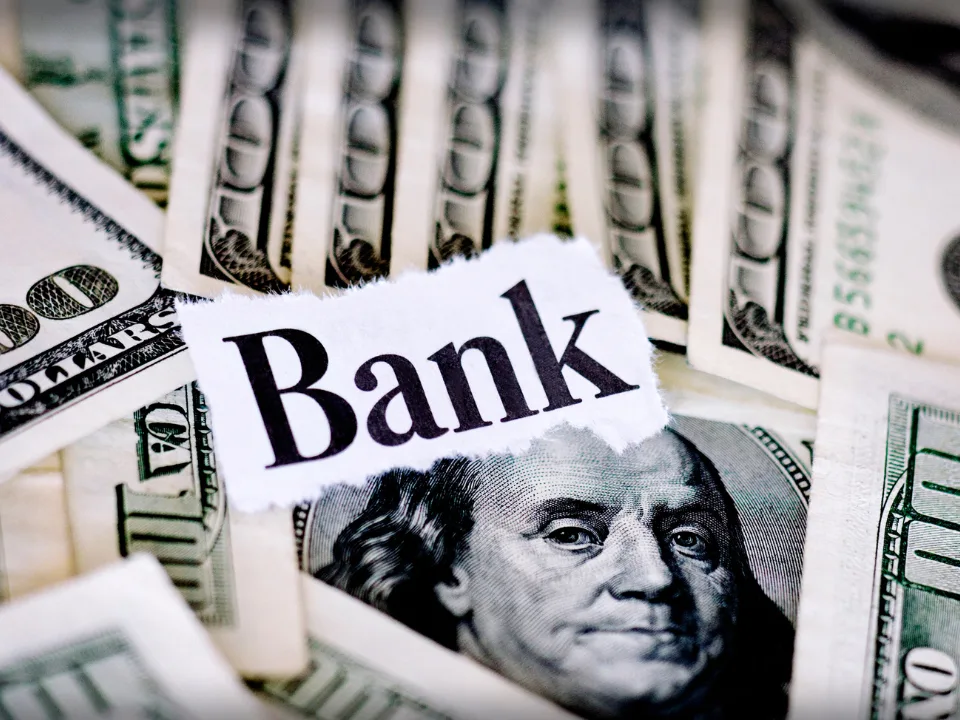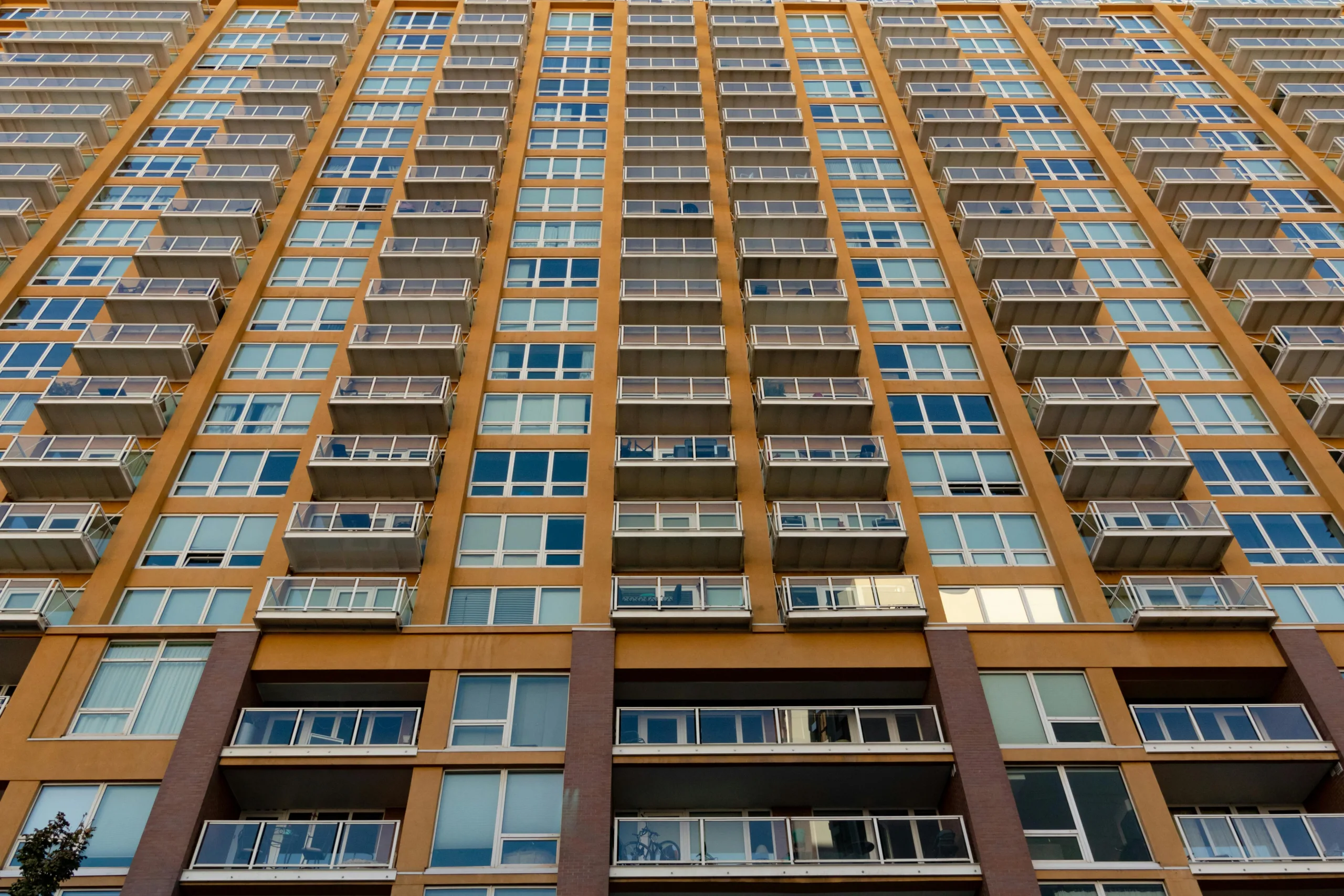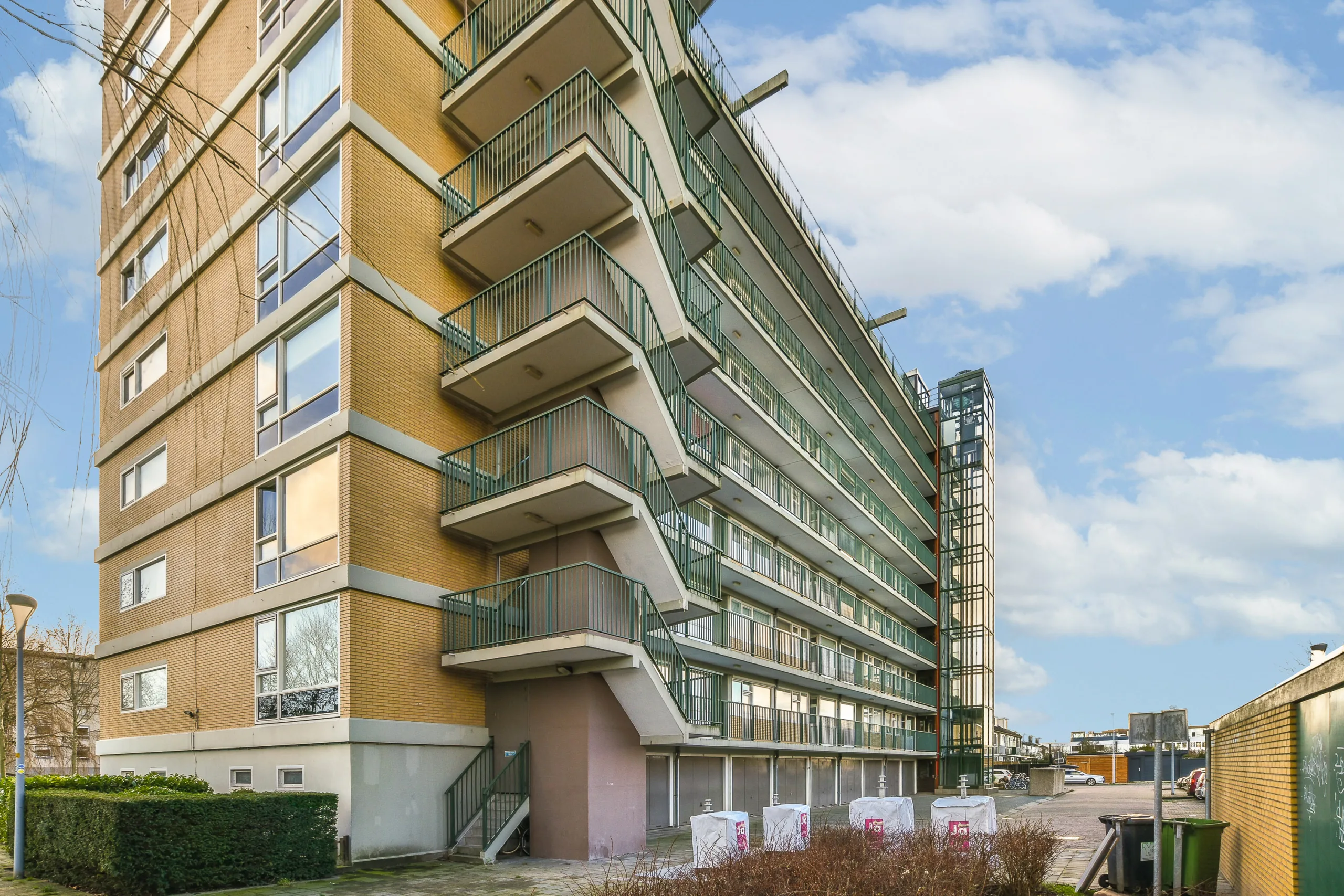- Miami’s Design District has climbed to the fifth spot among the most expensive US retail streets, with retail rents surging 67% to $500 PSF last year.
- Originally developed by Craig Robins, the district now features top luxury brands, world-class restaurants, and art installations, reshaping South Florida’s high-end landscape.
- Developers have major expansion plans in the works, including luxury condos, office buildings, and a five-star hotel, signaling long-term confidence in Miami’s luxury market.
From Grit to Glamour
Once a neglected pocket of abandoned furniture showrooms, the Miami Design District is now an 18-block enclave for the ultra-wealthy, reports Bloomberg.
Developed primarily by Craig Robins, CEO of Dacra, the area has evolved into a global luxury destination featuring brands like Hermes, Chanel, and restaurants offering $295 tasting menus, while khaki-clad security guards maintain order.
Soaring Rents, Rising Status
Retail rents in the Design District spiked 67% in 2023 to $500 PSF, the highest growth among luxury retail destinations in the Americas, according to Cushman & Wakefield. This vaulted the district to No. 5 in the US, up from No. 11 the previous year, underscoring its growing prestige and appeal among luxury brands.
Big Numbers, Bigger Ambitions
Robins estimates he initially spent about $15M to acquire half the district. Today, based on recent sales like Alo Yoga’s $22M unit purchase, the entire district’s valuation is roughly $4B. Ownership is split among Dacra, Brookfield Properties, and private equity firm L Catterton, with Brookfield holding a 22% stake since first investing in 2014.
Get Smarter about what matters in CRE
Stay ahead of trends in commercial real estate with CRE Daily – the free newsletter delivering everything you need to start your day in just 5-minutes
Expansion on the Horizon
Plans are underway for a wave of new projects: two office towers, a block of luxury rental apartments, and a five-star Maybourne hotel. Robins and his partners are also eyeing a 15-block western expansion, ensuring the district’s continued evolution as a hub for fashion, food, art, and now real estate.
Luxury Market Risks
Despite booming growth, risks remain. High-end goods are vulnerable to global economic volatility, such as tariffs and stock market dips that could affect luxury spending. However, Robins stresses that the district’s low debt levels give it resilience to withstand downturns.
Why It Matters
The Design District’s success illustrates Miami’s emergence as a top-tier global city and luxury retail hotspot, driven by an influx of wealth since the pandemic. Its open-air design and focus on accessible public art further differentiate it from traditional luxury enclaves.
What’s Next
Miami’s luxury retail market shows no signs of cooling. Bal Harbour Shops is expanding by 50% next year, and new luxury developments across South Florida are on the rise. With more brands, restaurants, art installations, and residents pouring in, Miami’s Design District is positioned to set the tone for the city’s next chapter.
